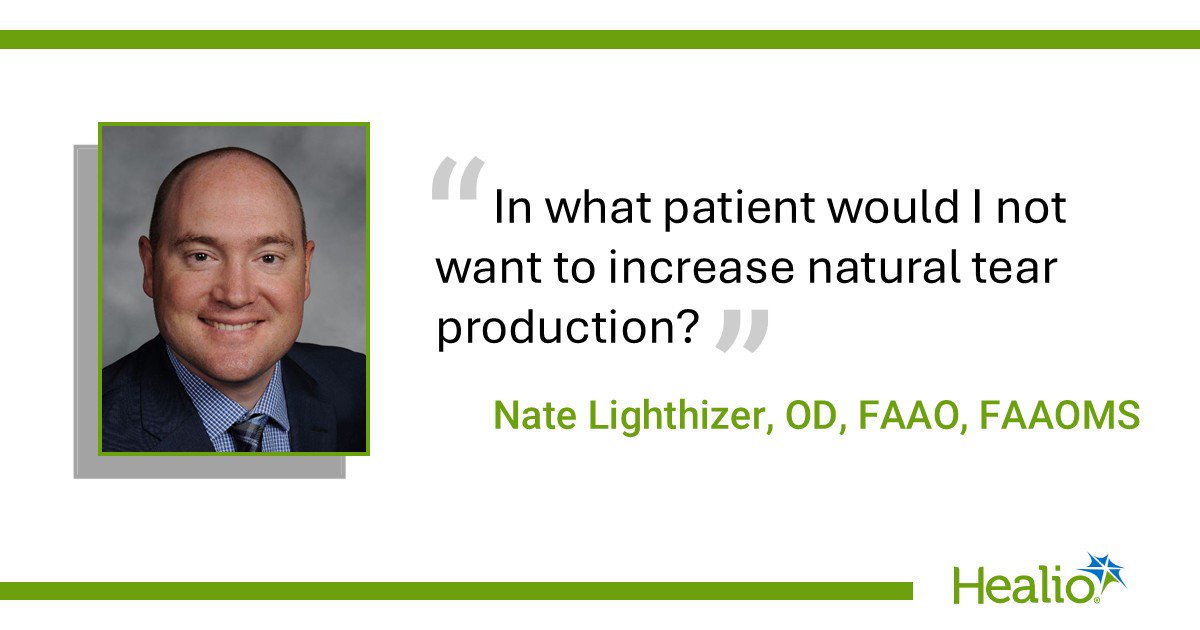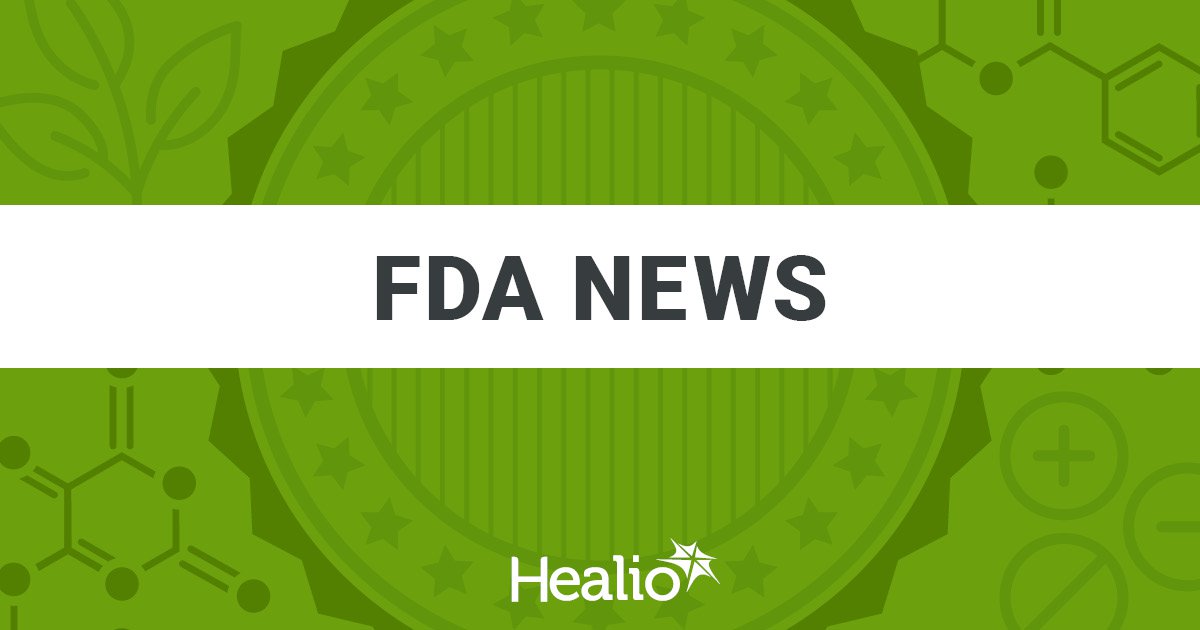High-risk drinkers are 22 times more likely to be absent from work due to their alcohol use compared with lower-risk drinkers, report finds
More than half of the cost of harmful alcohol use is due to lost workplace productivity, according to new research.
The study found that €8.5 billion is lost annually because of poor performance or absenteeism in the workplace by workers who drink heavily.
In total, harmful alcohol use costs the Irish exchequer around €14 billion – or 2.5 per cent of GDP – every year, with other areas hit including the health and justice sectors.
The figures are contained in the Alcohol Action Ireland (AAI) report, ‘Alcohol’s Cost to the Workplace’. The lobby group say that its findings highlight the impact that alcohol has on the Irish economy and urges the government to implement policies to reduce this heavy burden.
The report notes that heavy drinking significantly increases the risk of absenteeism, with high-risk drinkers 22 times more likely to be absent from work due to their alcohol use compared with lower-risk drinkers.
While absenteeism accounts for 23 per cent of alcohol-related lost productivity, presenteeism – defined as being physically present at work but being distracted to the point of reduced productivity – accounts for 77 per cent.
It is also estimated that heavy drinking increases the risk of unemployment by as much as about five-fold compared with light drinking.

AAI CEO Dr Sheila Gilheany
The report found that employers and businesses can sometimes be a major contributor themselves to alcohol use amongst workforces.
However, the publication noted that there is a role for employers and the trade union movement to reduce this by ensuring positive work conditions.
AAI CEO Dr Sheila Gilheany said: “Alcohol is by far the most used psychoactive substance in the workforce, with people having harmful consumption patterns that increase their risk of social, legal, medical, occupational, domestic and economic problems. More than half of Irish drinkers are classified as hazardous drinkers. Within that cohort of hazardous drinkers, there are 578,000 people with an alcohol use disorder (AUD), of which 90,000 are at a severe level.
“Alcohol poses a significant risk to workers, to businesses, to productivity and to the economy,” said Dr Gilheany.
“Workers under the influence of alcohol can be a danger to themselves and to others, especially in jobs which involve a high risk of injury.
“Working under the influence of alcohol, or with a hangover, can increase the risk of accidents, injuries and absenteeism, along with tardiness at work and/or leaving work early, resulting in loss of productivity.
“It can also lead to the development of inappropriate behaviour at work, poor relations with colleagues, and low company morale.”
She added: “The impact of alcohol on the workplace is multifaceted. It affects the individual in terms of mortality and morbidity, productivity, presenteeism, and absenteeism. It affects colleagues in terms of workload, and it affects employers in terms of businesses losses and competitiveness.
“However, the workplace also represents a useful access point for health promotion, including for addressing alcohol-related harm. Implementing workplace interventions to reduce hazardous drinking levels can have a positive economic impact by reducing absenteeism, presenteeism, accidents and injuries.”










